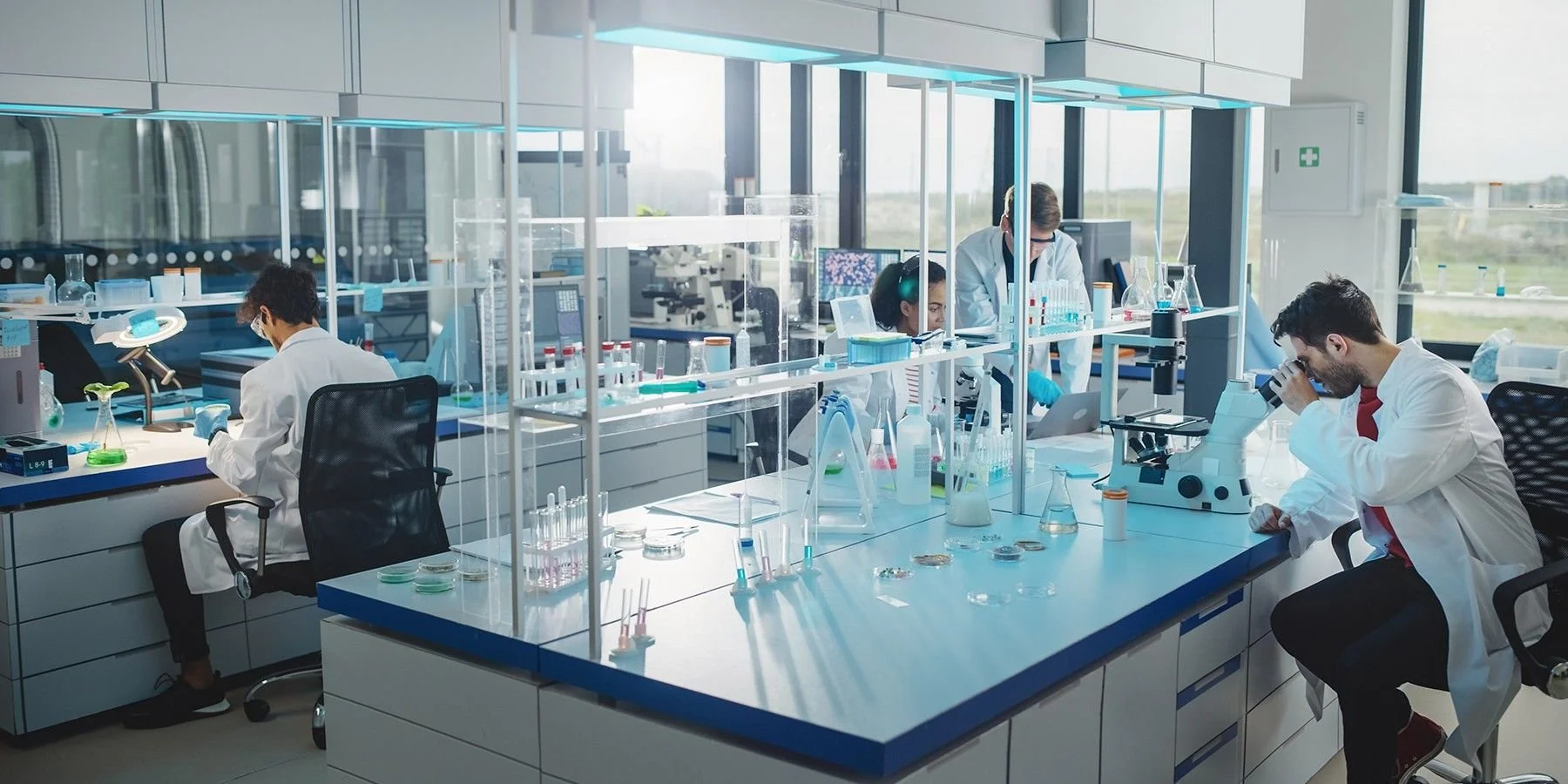[[bpstrwcotob]]

Leveraging Lab Design in a Shifting Life Science Market: Designing for Adaptability
In today’s shifting life science market, companies and building owners must prioritize adaptable, technology-ready lab designs that align with growth stage, specialized programmatic needs, and emerging trends, using early planning and feasibility studies to turn market volatility into competitive advantage

Choosing the Right Vendors for Your Lab Build or Renovation
Successfully selecting vendors for a lab build or renovation requires careful coordination, strategic partnerships, and thoughtful evaluation to ensure long-term efficiency, safety, and innovation

Choosing the Ideal Lab Design Partner for Long-Term Success
This guide outlines best practices for selecting the right architecture and design partner for any lab project—whether new construction or renovation—offering lasting insights on collaboration, communication, and long-term planning to help organizations build laboratories that are functional, flexible, and future-ready

How Flexibility and AI Are Reshaping the Future of Lab Real Estate
With AI-native biotechs changing how—and where—science happens, design teams are rethinking flexibility, retrofits, and speed-to-market strategies to prepare labs for the next decade of discovery

Building Better Labs with Mass Timber: Sustainability, Speed, and Wellness in Design
Mass timber is transforming laboratory design by offering a low-carbon, high-performance alternative to steel and concrete, enabling faster construction, precision-engineered research spaces, and human-centered environments that support wellness, collaboration, and sustainability

Designing Flexible Academic Labs for a Changing Research Landscape
Academic laboratory renovations are increasingly replacing new construction, with success hinging on early stakeholder engagement, infrastructure upgrades, and flexible, light-filled designs that balance safety, adaptability, and recruitment goals

Designing Vertically: The Future of Urban Labs
Vertical lab design is redefining urban research facilities by maximizing limited real estate, emphasizing the importance of early interdisciplinary collaboration to overcome structural, MEP, and regulatory challenges and create adaptable, high-performance spaces for the future of science

Webinar Review: Strategies to Keep Lab Projects Moving Forward Amid Funding Uncertainties
Lab Design’s webinar panel on shifting federal funding provides insights on navigating uncertainty, highlighting flexible design strategies, alternative funding options, and actionable steps institutions can use to keep lab projects on track

How to Build Flexible and Collaborative Laboratories
Project teams and lab management can benefit from designing shared labs that prioritize real-world workflows, flexible infrastructure, clear communication, and thoughtful operational planning—ensuring spaces that adapt to diverse users, streamline collaboration, and support evolving research needs for greater efficiency and long-term success

Optimizing Lab Design and Operations with IoT-Enabled Software Solutions
IoT-enabled software solutions are transforming laboratory design and operations by integrating real-time data, predictive analytics, and digital tools to optimize space utilization, enhance safety, support sustainability, and ensure regulatory compliance across lab facilities
